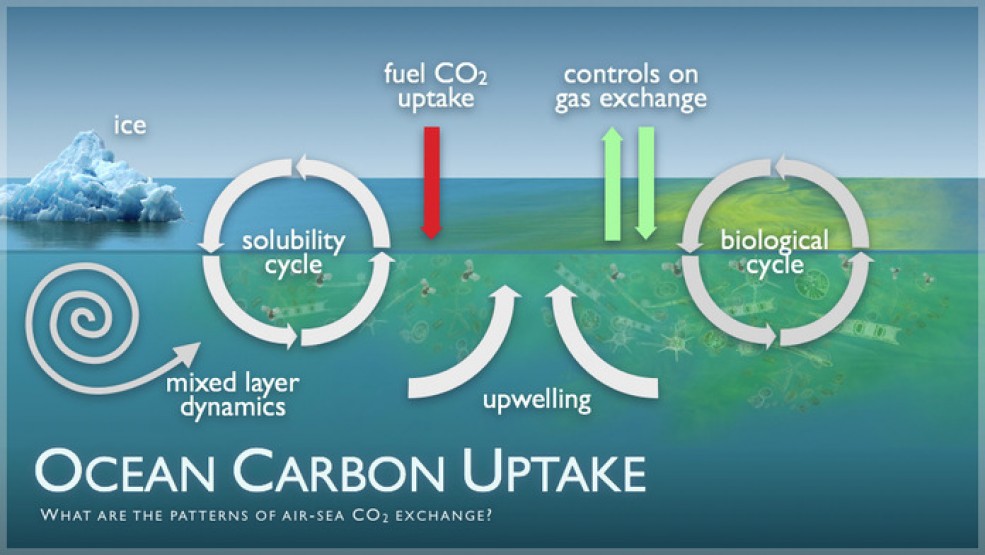
Carbon Sinks and Oceans: What’s the Connection?
- 6th June 2021
- Mumbai, India
- Climate Change | Energy | Waste
Written By: Shashwat
Carbon sinks can be simply defined as any reservoir that absorbs more carbon dioxide than it releases. It helps reduce the total amount of carbon dioxide that’s present in the air. Oceans are considered one of the most important reservoirs on planet earth that contribute a lot in maintaining the carbon balance of the biosphere.
Oceans absorb around 50% of the carbon dioxide from the air, which is captured by the organisms and vegetations present in it like algae, fishes, corals, and other photosynthetic bacteria. But since oceans are natural performers of carbon sequestration on the planet, which means the long term removal of carbon dioxide from the atmosphere, they also happen to have a limit to the amount of carbon that they can sequester. After a certain point, they are not able to absorb much of the carbon from the atmosphere. To understand the whole process, we first need to take a look at the cause of excess carbon dioxide in the atmosphere.
The burning of fossil fuels and the rise in the greenhouse effect in the past few decades have caused the earth to heat up more rapidly, which means a large amount of carbon dioxide is present in our atmosphere whose natural sequestration is not entirely possible by the ocean. There have been attempts to sequester carbon dioxide from the atmosphere artificially, but it can't do much on its own if there isn't any reduction in emission by the source. Following the carbon cycle, the oceans have been absorbing more carbon dioxide than expected, which has led to ocean acidification.
Ocean acidification is making the oceans warmer which is harming the species living there. There have been reports of large-scale changes in the ocean temperature with a warming of 1°C and critical thresholds expected to be reached at 1.5°C and above. This is also leading to changes in migration patterns of aquatic animals, disrupting the natural order of their living habitat. Moreover, it’s not only the animals that are impacted by this acidification. Coral reefs are also projected to decline by a further 70-90% at 1.5°C and might get totally lost at a warming of 2°C, which is going to be harmful not only to the wildlife but humans as well because around half a billion people rely on fish from coral reefs as their primary source of protein.
Considering it’s the waste produced on land that the oceans are being a repository for, when oceans and the life under them are threatened, its negative effect on life on the ground can’t be escaped for long. We need to be careful with the amount of carbon dioxide we emit into the atmosphere so that the planet's ecological balance is maintained. The forests and oceans alone can’t bear the burden of all our toxic emissions. We need to take responsibility for our ways of energy consumption and production.
Being aware of the harm that using non-renewable energy resources is causing this planet is one of the first steps in bringing a positive change. It’s not only the humans and animals living on land but also aquatic beings bearing the brunt of uncontrolled carbon emissions. The reservoirs of carbon dioxide have started to deteriorate, and if the sources of this emission aren’t capped, the species of this planet will not be able to cope with the consequences.
--
Sources: News Agencies
Image Source: PMEL Carbon Program